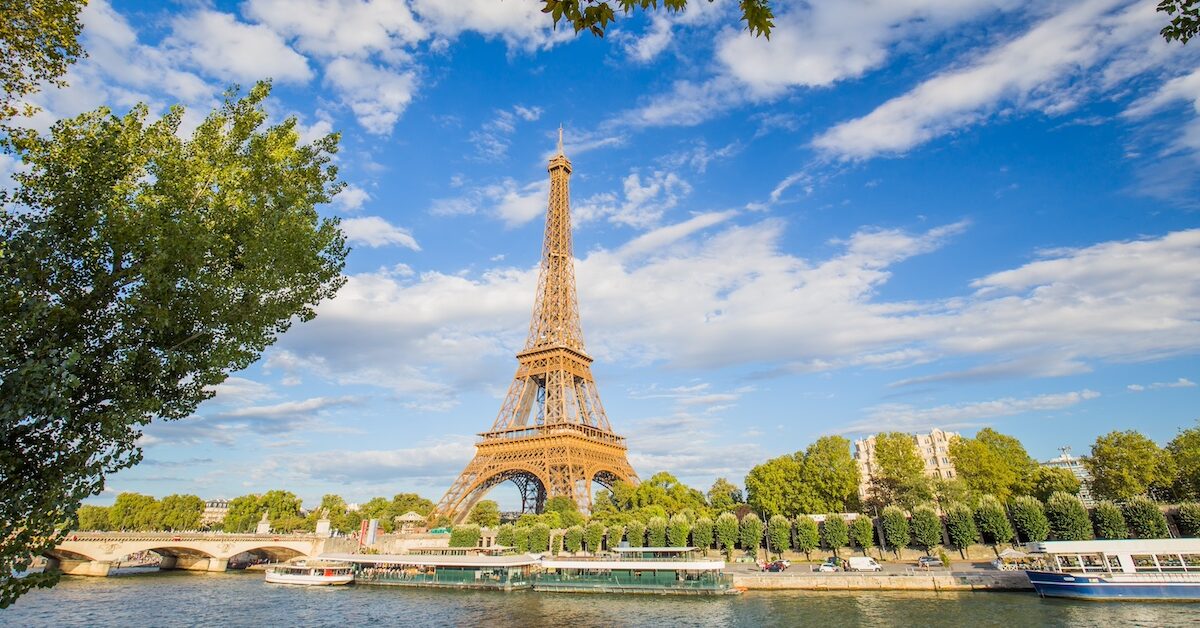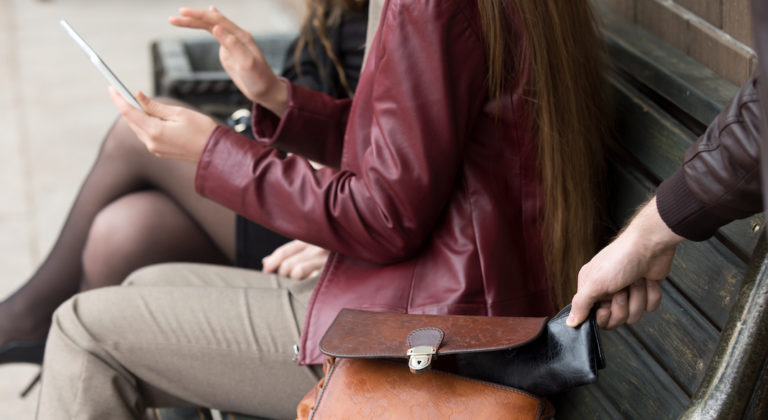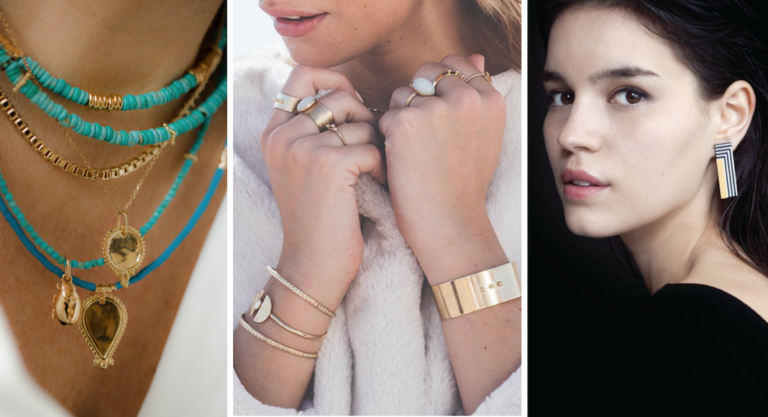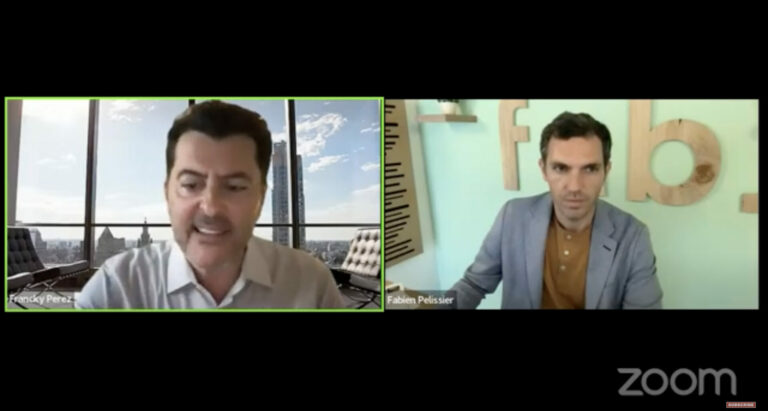Paris, a city that epitomizes beauty and culture, is a top destination for travelers from around the world. Understanding the weather is crucial for anyone planning a visit to Paris, as it significantly influences travel preparations and activities. But as with every destination, understanding the nuances of a city’s weather is important for planning a smooth travel experience. The French capital offers a range of activities that can be enjoyed year-round, and each season brings its own unique charm. From the blossoms of spring to cozy cafés in winter, Paris is enchanting in all its seasonal guises. Knowing what to expect from the weather each month can help you pack appropriately and make the most of your visit.
Average Temperature and Weather in Paris by Month
Paris enjoys a temperate climate, characterized by mild temperatures and moderate rainfall throughout the year. Each season adds a unique charm to the city: spring brings blossoms and mild showers, summer offers warm weather ideal for outdoor dining, autumn features cooling temperatures and colorful foliage, and winter, often chilly, sometimes (though rarely) sees snow. Rain falls rather often in Paris, affecting each season differently. The city sees the most rain in December and the least in March, with measurable precipitation falling on average 110 days each year. Instances of heavy rainfall can, in extreme cases, cause the Seine River to overflow, impacting nearby areas.
- Spring (March to May): This season sees the city come alive with cherry blossoms and milder temperatures. Light showers are common, so packing an umbrella is advisable.
- Summer (June to August): Summers are quite hot and humid in Paris, and air conditioning is rare, so be prepared for the heat. This is a popular time for tourists, and outdoor cafés and parks are full of life. It’s also when most Parisians flock to the South of France to spend time by the sea.
- Autumn (September to November): The weather cools down and leaves change color, making it a beautiful time to visit. Light jackets and comfortable walking shoes are perfect for exploring.
- Winter (December to February): Winters can be cold, and while snow is rare, it does happen. Warm clothing and layers are essential for those chilly days.
This variety in weather necessitates careful packing to fully enjoy the myriad of activities available in each season. Here is a more detailed breakdown of weather averages:
Spring (March-May)
Spring in Paris marks a delightful transition from the crisp winter to mild and pleasant temperatures, welcoming an abundance of outdoor activities. March weather begins with cooler temperatures and gray skies, averaging a low of 4.1°C (39.4°F) and a high of 11.8°C (53.2°F), gradually warming up through May, which sees average lows of 9°C (48.2°F) and highs of 18.3°C (64.9°F). Rainfall is modest, with monthly average rainfall ranging from 18mm (0.71 in) in April to 32mm (1.26 in) in May. Spring gives way to longer daylight hours—up to 15.3 hours by May—and increased sunshine, which extends from 6.1 hours per day in March to 8.4 hours in May.
What to Pack for Spring in Paris:
Given the variable weather, it’s wise to pack layers—think light jackets or sweaters—that can be adjusted throughout the day. Heavier coats are advised for travel in March. Comfortable walking shoes are a must for exploring the city’s myriad attractions, and an umbrella is recommended for occasional spring showers.
Must-Visit Places in Paris during Spring:
- Jardin des Tuileries
Located between the Louvre Museum and Place de la Concorde, this historic garden, designed by André Le Nôtre in the 17th century, is a quintessential Parisian space that blooms spectacularly in spring.
- Luxembourg Gardens
Famous for its serene atmosphere, beautiful fountains, and the Luxembourg Palace, this space offers a peaceful retreat from the urban rush. Spring enhances its beauty with blooming flowers and lush greenery.
- Notre-Dame Cathedral
Although still under restoration, the area around Notre Dame remains a vibrant cultural hotspot, offering stunning views of the Seine and the cathedral’s enduring architecture.
Best Arrondissement to Stay during Paris Spring – 6th Arrondissement (Saint-Germain-des-Prés)
- Highlights: This district is famous for its literary and artistic history. Its central location makes it easy to access many of the city’s spring highlights, including riverside walks and boutique cafes.
- Why Stay Here: This area is ideal for those who enjoy a blend of cultural richness and vibrant street life, coupled with easy access to quiet gardens and lively markets.
Summer (June-August)
Summer in Paris is vibrant and quite hot, with the city basking in sunshine and a lively atmosphere. June marks the onset of summer with temperatures ranging from an average low of 12.5°C (54.5°F) to an average high of 23°C (73°F).
The warmth peaks in July and August, the hottest months, with average highs around 24.2°C (75.6°F) in July, and 24°C (75.3°F) in August. These averages can be deceiving, however, as increasingly hotter summer weather can result in a maximum temperature over 100°F when the city gets hit by heat waves, or canicules. Average maximum temperatures for July fell at 26.4°C (79.5°F) in 2023, and 25.3°C (77.6°F) in August the same year.
The city also feels hotter thanks to the humidity and lack of available air conditioning. These months experience moderate rainfall, averaging about 30mm (1.18”) in August, which offers some relief from the humidity.
What to Pack for Summer in Paris:
Light, breathable clothing is essential for navigating Paris in the summer. Include sunglasses, a wide-brimmed hat, and sunscreen to protect against the sun. Bring a light jacket or cardigan for the flight there, and stick to warm weather clothes for the rest of your trip.
Must-Visit Places in Paris during Summer:
- Seine River Cruises
A cruise on the Seine offers spectacular views of Parisian landmarks like the Eiffel Tower, Notre Dame, and the Louvre, which are especially enchanting during the long summer evenings.
- Outdoor Cinemas and Concerts
Summer is the season for outdoor films and live music, with events such as the Paris Jazz Festival and open-air cinema at Parc de la Villette drawing locals and tourists alike.
- Gardens of Versailles
The expansive and meticulously maintained gardens are a must-see, and during the summer months, the spectacular Musical Fountains Show is presented.
Best Arrondissement to Stay – 11th Arrondissement (Oberkampf)
- Highlights: This district is less touristy than the central 1st or 7th arrondissements, offering a more authentic Parisian experience. It’s home to the famous Rue Oberkampf, one of Paris’s main nightlife areas, and it’s close to the historic Place de la Bastille and the lively Canal Saint-Martin.
- Why Stay Here: The 11th arrondissement is perfect for visitors looking to immerse themselves in a lively neighborhood that boasts a mix of traditional Parisian charm and modern, youthful energy. It’s also significantly more affordable and offers a local feel during the summer months, giving visitors a chance to explore Paris from a different perspective while escaping the heavy tourist traffic found in more central locations.
Fall (September-November)
Fall in Paris is marked by pleasant, cooler temperatures and increasing rain, creating a picturesque backdrop as the city transitions into vibrant autumnal colors. September begins with hot, summer-like weather, with average temperature ranging from 11.8°C (53.2°F) at night to 20.9°C (69.6°F) during the day, with temperatures rising as high as 35.6°C (96°F) in 2023. By November, the air cools significantly, with lows around 5.7°C (42.3°F) and highs near 10.6°C (51.1°F). Rainfall increases through the season, with November seeing the most average precipitation, which adds a romantic mist to the city’s cobbled streets and historic buildings.
What to Pack for Fall in Paris:
Layering is key during fall in Paris. Visitors should pack a versatile wardrobe that includes light sweaters, long-sleeve shirts, and a waterproof light rain jacket. Comfortable, waterproof footwear is also essential for navigating rainy days.
Must-Visit Places in Paris during Fall:
- Montmartre and the Sacré-Cœur Basilica
Fall colors make Montmartre look even more enchanting. Wander through its charming streets and visit the Sacré-Cœur for stunning views of the city.
- Musée d’Orsay
Ideal for rainy days, the Musée d’Orsay houses an impressive collection of Impressionist and Post-Impressionist masterpieces in a stunning Beaux-Arts converted railway station.
- Bois de Boulogne
As one of the largest public parks in Paris, Bois de Boulogne transforms into a tapestry of autumn colors. It offers extensive walking paths, lakes, and picturesque landscapes, making it ideal for those looking to experience nature within the city.
Best Arrondissement to Stay in Paris during Fall – 4th Arrondissement (Le Marais)
- Highlights: This historic area not only boasts beautiful architecture but also offers a vibrant mix of shops, galleries, and cafes. Its central location makes it easy to explore both the right and left banks on foot.
- Why Stay Here: Le Marais is particularly charming in the fall, with its narrow streets and bustling bistro terraces offering a cozy atmosphere as the temperatures begin to drop.
Winter (December-February)
Winter in Paris can be quite cold, with temperatures often dropping to around 1.8°C (35.2°F) in January, the coldest month. Snow is not frequent but can occur, adding a picturesque layer to the city’s already charming streets and landmarks. Rain and chilly winds are more common, making warm and waterproof clothing essential for visitors.
What to Pack for Winter in Paris:
Prepare for Parisian winters by packing warm layers, including sweaters, thermal wear, and a heavy coat. Don’t forget scarves, hats, gloves, and waterproof boots to stay comfortable while exploring the outdoors.
Must-Visit Places in Paris during Winter:
- Louvre Museum
Spend a colder day indoors marveling at the vast art collections of the Louvre, including the Mona Lisa and the Venus de Milo. This world famous museum sees fewer tourists in winter, so this is a great time to while away an afternoon looking at the Louvre’s incredible art and architecture.
- Parisian Covered Passages
Explore the elegant covered passages of Paris, such as Galerie Vivienne or Passage Jouffroy. These glass-roofed arcades date back to the 19th century and offer a variety of shops, cafes, and bookstores, perfect for escaping the chilly weather. The passages are not only sheltered from the weather, but also beautifully decorated during the holiday season, providing a picturesque walking experience away from the cold.
- Visit the Christmas Markets
Paris hosts several charming Christmas markets that spring up around the city from late November through December. These markets are perfect for finding unique gifts, enjoying seasonal treats like vin chaud (mulled wine) and roasted chestnuts, and soaking in the festive atmosphere. Some of the most notable markets are at the Tuileries Garden, and at La Défense.
Best Arrondissement to Stay in Paris during Winter – 1st Arrondissement
- Highlights: This area is the heart of Paris, housing not only the Louvre but also other key attractions like the Tuileries Garden and the Palais Royal. It’s particularly beautiful in winter, with festive decorations and close proximity to some of the best Parisian cafes and shops.
- Why Stay Here: Staying in the 1st Arrondissement during winter means you are at the center of everything, with easy access to indoor attractions, beautiful Christmas lights, and markets.
What to do if you want to explore Paris in all weather?
No matter the weather, Paris offers a wealth of activities that promise enchanting experiences, rain or shine. From romantic dinner cruises along the Seine to the cozy corners of world-famous museums, the City of Light ensures your visit remains unforgettable even when the weather doesn’t cooperate.
Below, we explore some of the best weather-proof activities that Paris has to offer, ensuring that you can enjoy the magic of this city in any conditions. Whether it’s the sparkle of night-time entertainment or the rich history preserved in its museums, each activity is designed to showcase the vibrant culture and timeless charm of Paris.
1. Seine River Dinner Cruise
A Seine River Dinner Cruise is an exquisite way to see Paris from a unique perspective. As you glide along the Seine, you’ll pass under historic bridges and view iconic landmarks like the Eiffel Tower, Musée d’Orsay, and Notre-Dame Cathedral, all illuminated against the night sky. These cruises often include a gourmet meal, making for a romantic or leisurely evening on the water.
- Typical Price: Prices typically start at around €70 per person, which usually includes a multi-course meal. Premium options with window seating and superior menus can cost upwards of €150.
- Why It’s Great for All Weather: The boats are fully enclosed and climate-controlled, ensuring comfort regardless of weather conditions.
2. Hop-On Hop-Off Sightseeing Tour Bus
Explore Paris at your own pace, regardless of the weather. The Hop-On Hop-Off Bus Tour offers a flexible way to see the city’s top attractions with covered and heated buses available during rainy or cold weather.
- Typical Price: A one-day pass typically costs about €35, with discounts available for multiple-day passes.
- Why It’s Great for All Weather: The buses are double-deckers with a covered lower deck, ensuring dry and warm sightseeing during rain or cold weather.
3. Wine Museum Guided Tour with Wine Tasting
Nestled near the Eiffel Tower, the Paris Wine Museum offers insights into the history and culture of French winemaking. The guided tour culminates in a tasting session where visitors can sample a selection of French wines.
- Typical Price: Entrance fees including a guided wine tasting start from around €32.
- Why It’s Great for All Weather: The museum’s indoor setting provides a warm and cozy retreat from the rainy or cold weather, making it an ideal year-round activity.
5. Paris Museums
Paris is home to some of the world’s most famous museums, such as the Louvre and the Musée d’Orsay. These institutions house vast collections ranging from ancient artifacts to modern masterpieces.
- Typical Price: Entry prices vary; for example, the Louvre charges €22 for a standard ticket. Many museums offer free entry on the first Sunday of each month.
- Why It’s Great for All Weather: Exploring museums is a perfect rainy-day activity, offering hours of entertainment completely sheltered from the elements.
FAQs
1. What’s the best month to visit Paris?
The best month to visit Paris largely depends on your preferences for weather and crowd sizes. However, many travelers find that May and September offer the ideal balance. During these months, the weather is typically mild and pleasant, with fewer tourists compared to the peak summer months. May brings the city into full bloom, while September offers a gentle descent into autumn. Both months feature numerous cultural events and less crowded attractions.
2. What is Paris’s coldest month?
The coldest month in Paris is January, with average temperatures hovering around 3°C (37°F). During this month, nighttime temperatures can occasionally drop to around freezing, although snowfall is relatively rare. Despite the chill, January can be a great time to visit for those who enjoy quieter sightseeing and experiencing the city’s winter charm, including seasonal decorations and lights.
3. What is the most expensive month to visit Paris?
The most expensive months to visit Paris are typically June through August, the peak tourist season. During these months, airfare and hotel rates are at their highest due to the influx of tourists coming to enjoy the warm summer weather. Prices may also spike around major events or holidays, such as Bastille Day on July 14th, when the city hosts grand celebrations.
4. Does Paris get heavy rain?
Paris experiences moderate rainfall throughout the year, but it is not known for particularly heavy rain. The city’s precipitation is fairly evenly distributed across the months, with May often being slightly wetter. Rainfall usually comes in the form of light showers rather than heavy downpours, making it more of a persistent drizzle at times rather than torrential rain. However, always having an umbrella or a raincoat on hand is advisable when visiting, as rainy days are quite common.






